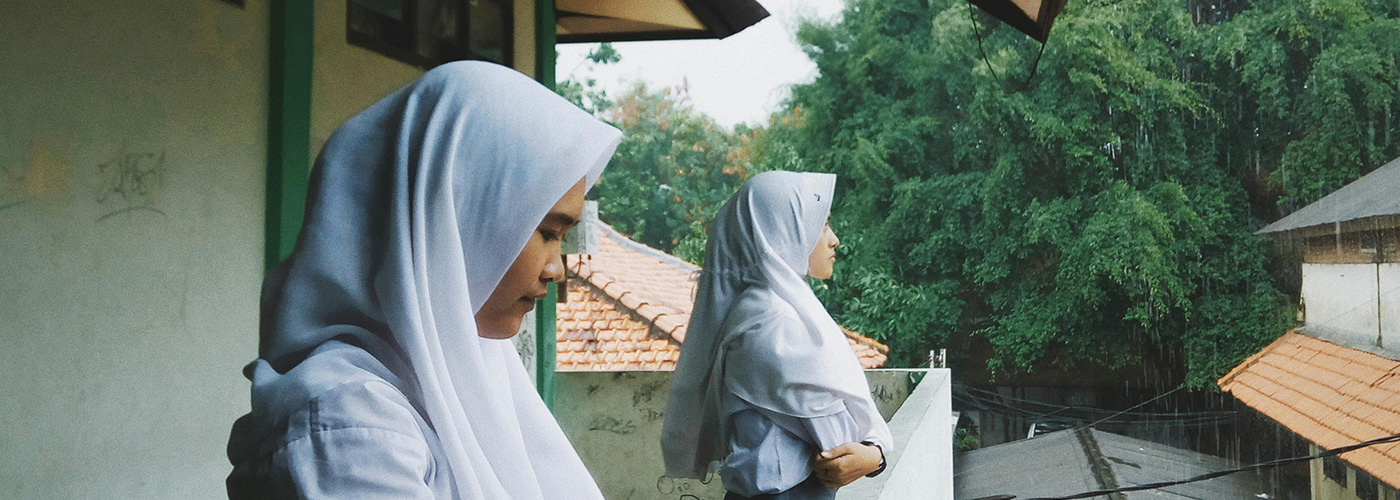Krabi, located on Thailand’s southwestern coast, is a region celebrated not only for its stunning natural beauty but also for its rich cultural diversity. Home to a population of approximately 500,000, Krabi’s demographic landscape is notably influenced by its significant Muslim community, which constitutes around 35% of the population. This diverse blend of cultures adds depth and vibrancy to the region’s cultural fabric.
The Muslim presence in Krabi dates back centuries, primarily consisting of Malay Muslims who migrated through maritime trade routes. This historical influence is evident in local architecture, with mosques such as the Krabi Town Mosque and the Ao Nang Mosque serving as central points for religious and community activities. These mosques reflect traditional Islamic design and are integral to the cultural identity of the area.
Krabi’s Muslim community celebrates major Islamic festivals with great zeal. Eid al-Fitr, marking the end of Ramadan, is a major event, characterized by festive decorations, communal prayers, and shared meals. During Eid, the local markets and streets come alive with special foods and vibrant festivities. Similarly, the Islamic New Year is celebrated with traditional Malay music, dance, and community gatherings, offering visitors a glimpse into the region’s cultural richness.
The culinary scene in Krabi is a delightful reflection of its cultural diversity. The local cuisine combines Malay and Thai influences, featuring dishes like biryanis, rendang, and satays. The food is prepared with traditional methods and local ingredients, providing a rich gastronomic experience that highlights the region’s cultural blend.
Krabi is more than just a destination with breathtaking landscapes; it is a vibrant cultural mosaic shaped significantly by its diverse Muslim community. With its rich history, lively festivals, delectable cuisine, and welcoming residents, Krabi invites you to explore and appreciate the unique cultural tapestry that makes this region so special.

